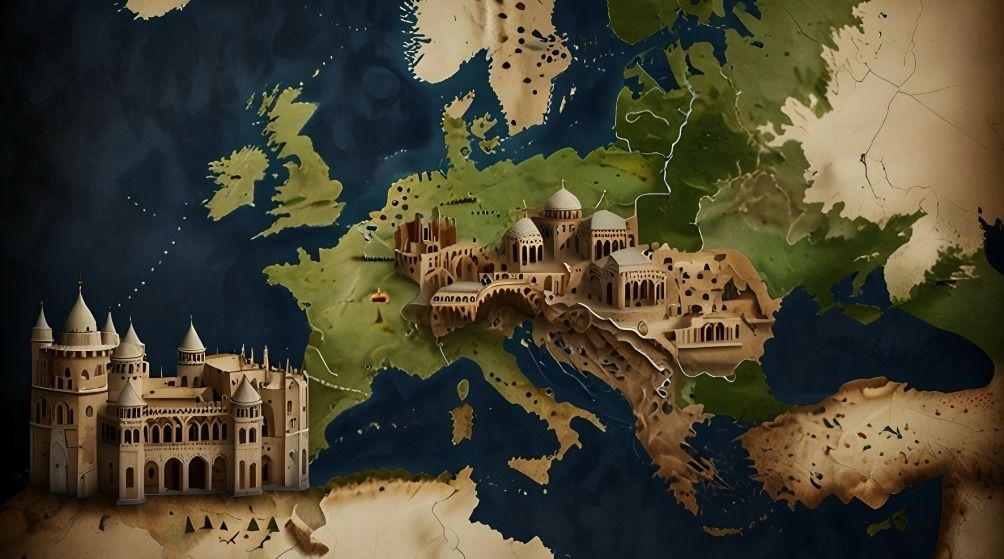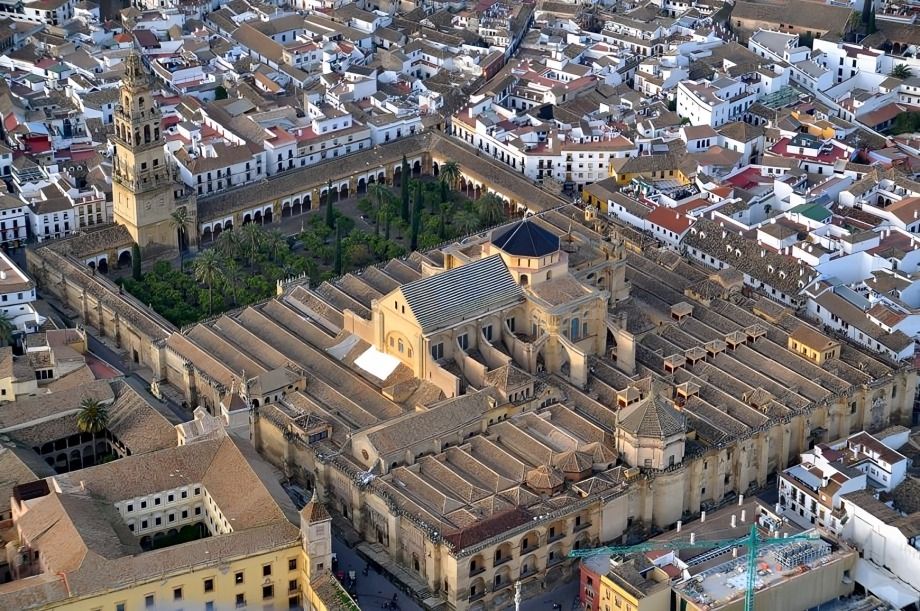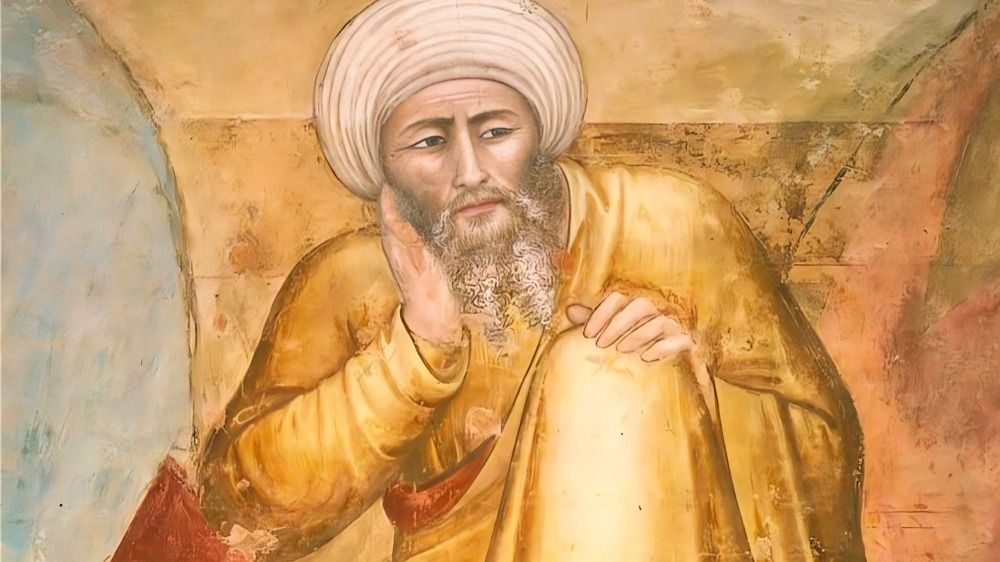
“
The expansion of Islam in Europe represents a complex and significant chapter in history, shaping cultures, economies, and societies. Beginning in the 7th century, Islamic influence spread through conquests, trade routes, and cultural exchanges. The early expansion saw the establishment of powerful caliphates and kingdoms, such as the Umayyad Caliphate in Spain and the Ottoman Empire in the Balkans. This interaction fostered a rich exchange of knowledge, art, and philosophy between Islamic and European civilizations. Additionally, the influence of Islam can be seen in architecture, science, and even language across various regions. This blog explores 20 fascinating facts about the expansion of Islam in Europe, shedding light on its profound and lasting impact on the continent’s history and culture.1
”
The expansion of Islam in Europe initiated in the early Middle Ages, particularly from the 7th century onward, as Muslim armies swiftly conquered territories, establishing Islamic governance across diverse regions.1
The Umayyad Caliphate's remarkable conquest of Spain in 711 AD marked a significant milestone, leading to nearly 800 years of vibrant Islamic presence and influence within the Iberian Peninsula.2
Al-Andalus, the Muslim-ruled territory in Spain, flourished as a beacon of culture and learning during the early Middle Ages, renowned for its remarkable advancements in science, mathematics, and philosophy.3

The Great Mosque of Córdoba, constructed in the 8th century, exemplified the architectural brilliance of Islamic design, serving as a vital center of education and culture in Al-Andalus.
Islamic expansion was not solely military; extensive trade routes facilitated cultural exchanges, enabling Muslim merchants to introduce new goods, ideas, and innovations to burgeoning European societies.4
The pivotal Battle of Tours in 732 represented a significant turning point in European history, where Frankish leader Charles Martel successfully halted the Muslim advance into Western Europe.5
Islamic influence profoundly reached the Byzantine Empire, where intercultural interactions led to a unique blend of cultures, particularly in the cosmopolitan city of Constantinople.6
The early Middle Ages witnessed the introduction of vital agricultural innovations from the Islamic world, including new crops such as rice, citrus fruits, and sophisticated irrigation techniques.7

During the 9th and 10th centuries, the Islamic Golden Age allowed scholars in Al-Andalus to preserve and translate classical works, significantly influencing European intellectual thought during the Renaissance.
The culture of Islamic societies fostered a spirit of intellectual inquiry, leading to remarkable advancements in astronomy, medicine, and mathematics, which ultimately impacted European education systems.8
The Christianization of Europe during the early Middle Ages coincided with the expansion of Islam, resulting in a complex interplay of conflict, dialogue, and cultural exchanges between the two faiths.9
The Reconquista, a series of campaigns aimed at reclaiming territories from Muslim rule, began in the early Middle Ages, significantly shaping the political landscape and religious dynamics of Spain.10

Muslim scholars, including notable figures such as Al-Farabi and Ibn Rushd (Averroes), had a profound impact on European philosophy, introducing critical concepts that shaped medieval scholastic thought.
Artistic influences from the Islamic world enriched European styles, as evident in decorative arts, textiles, and illuminated manuscripts showcasing intricate patterns, designs, and beautiful craftsmanship.11
In Sicily, under Muslim rule, a vibrant blend of cultures emerged, where Arab, Greek, and Latin influences coalesced, contributing to a rich societal tapestry during the early Middle Ages.12
The spread of Islam introduced revolutionary architectural techniques to Europe, exemplified by the widespread use of arches, domes, and exquisite tile work observed in numerous significant buildings.13
Muslim philosophers emphasized rationality and empirical observation, laying the intellectual groundwork for future scientific inquiries, which later flourished during the transformative periods of medieval Europe.14
Islam's cultural legacy within Europe is notably evident in language, with numerous Arabic loanwords related to science, mathematics, and trade enriching various European languages over centuries.15
The early Middle Ages saw the establishment of diverse Islamic enclaves, where knowledge and culture thrived, facilitating communication, trade, and exchange of ideas across various regions of Europe.16
Today, the expansion of Islam in Europe during the early Middle Ages remains a crucial element of the continent's rich historical tapestry, influencing contemporary discussions on cultural identity and heritage.17


